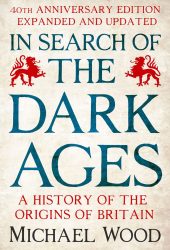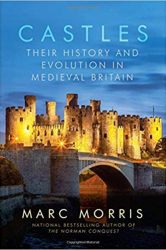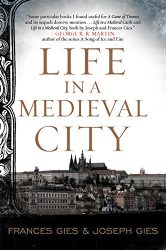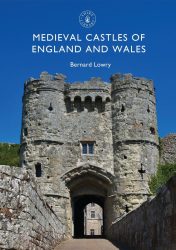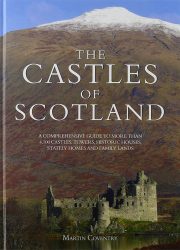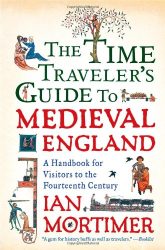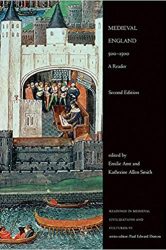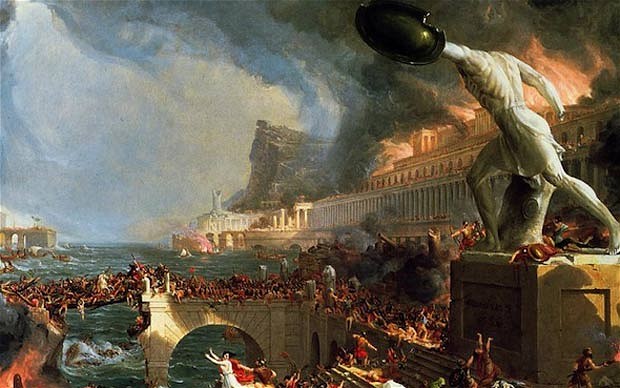
The “Dark Ages” or Early Middle Ages is the period after the fall of the Western Roman Empire and a time of economic, intellectual, and cultural decline. Although the concept seems to have originated in the 1330s (when Petrarch contrasted the centuries that followed the Roman as “darker”), it wasn’t until 1602 when Caesar Baronius used the Latin “saeculum obscurum” to refer to a tumultuous period between the 10th and 11th centuries. Today, scholars reject this term because of its negative connotations. But why was Petrarch so convinced the Early Middle Ages were a period of obscurity?
Petrarch and the Origin of the Dark Ages
Petrarch was a Tuscan scholar and poet of early Renaissance Italy. He was also a devout Christian and liked to use traditional metaphors of “light versus darkness” in his writings.
In his eyes, the Roman period and classical antiquity were an expression of greatness. As a humanist, he saw the last 900 years as a time of stagnation. This is why Petrarch divided history into two periods. The classic period (Greeks and Roman), and the one that followed, a time of darkness. “When the darkness has been dispersed, our descendants can come again in the former pure radiance“, he said, referring to his own time in his epic Africa poem.
Petrarch’s division was picked up by historians Leonardo Bruni and Flavio Biondo in the 15th century. They used his two ages and added one more, a “modern” age, that they believed they had entered.
The Dark Ages for Protestants and Christians
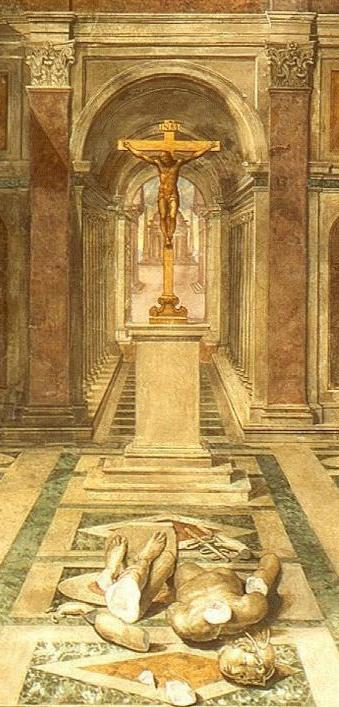
During the 16th and 17th century (the time of the Reformations), Protestants continued Petrarch’s view but added an anti-Catholic perspective to it. Classica antiquity was not only golden time because of its literature, but also because it had seen the beginnings of Christianity – a time that had then corrupted the Church (with moral hypocrisy, popes ruling as kings, and people venerating saints’ relics).
In contrast with the Protestants, Catholics developed the image of the High Middle Ages as a period of social and religious harmony. A period that was not dark at all. The trained historian Caesar Baronius believed that the period between the end of the Carolingian Empire in 888 and the first stirrings of Gregorian Reform under Pope Clement II in 1046 as “dark”. Mostly because of the scarcity of written records. A similar period of “lack of writers” was noted for the 7th and 8th centuries, marking thus two dark ages – separated by a brilliant but brief Carolingian Renaissance.
Baronius’ term struck historians and spread to several European languages. And although the historian had originally intended it as a way to refer to less written records, others began to use pejoratively.
The Dark Ages in the Enlightenment and for the Romantics
During the 17th and 18th centuries, a strongest contrast was made between an “Age of Faith” and an “Age of Reason“. Many authors, such as Kant, Hume, Spinoza, and Voltaire, vocally attacked the Middle Ages as a period of social regress – one dominated by religion.
This was interestingly reversed by the Romantics in the late 18th and early 19th century. They didn’t have a negative assessment of the Middle Ages but rather an idyllic view of medievalism. Where the world seemed dominated by enlightened rationalism, the romantics expressed an appreciation for the “Golden Age” of chivalry. The Middle Ages were seen with nostalgia as a period of social and environmental harmony. Somewhat of a contrast to the social upheavals and utilitarianism of the Industrial Revolution and the excesses of the French Revolution. It’s worth noting, however, that the period the Romantics idealized was the High Middle Ages.
The Dark Ages Today
Today, the term “Dark Ages” is rarely used – and when it is, it’s restricted to distinct times and places in Medieval Europe. Most historians, however, are critical even of these non-judgmental uses of the term.
Whether the term can be used neutrally is questionable. Moreover, we know much more about this period now, it’s not longer “dark” to us. Many non-scholarly uses of the “Dark Ages” term persist – such as in magazines and media debates. When used, it refers to a time of ignorance, barbarism and superstition. This is not more than a myth, a bias against this time rooted on the belief that society traverses from lesser to greater complexity. But as anthropologist Joseph Tainter mentions, complexity is rare in humans. Periods of less complexity are not just common — they are expected.

